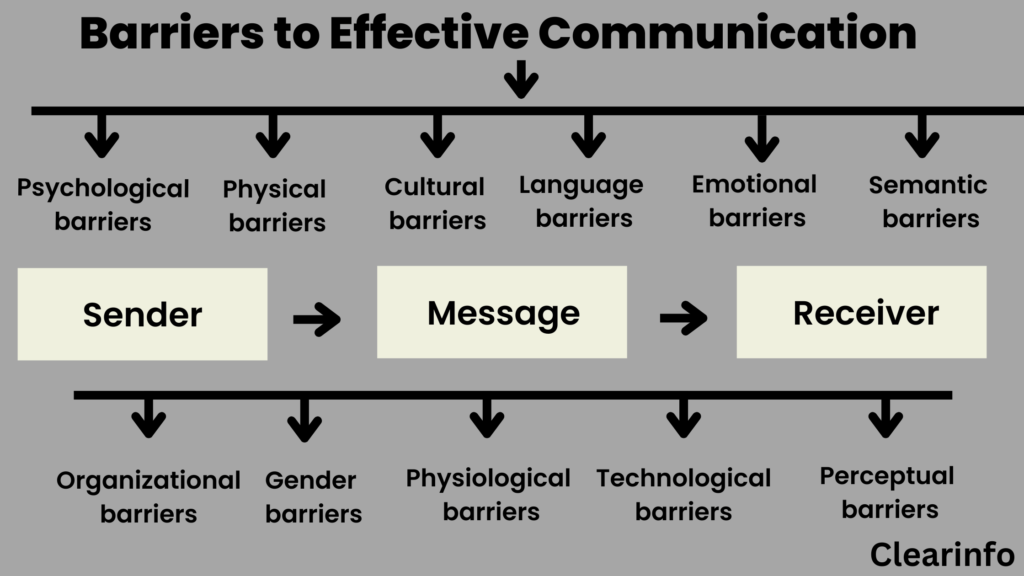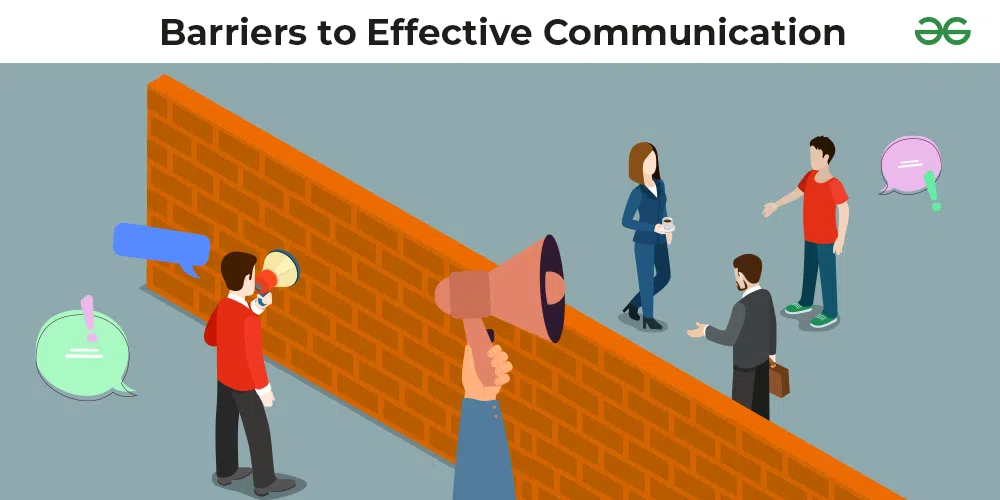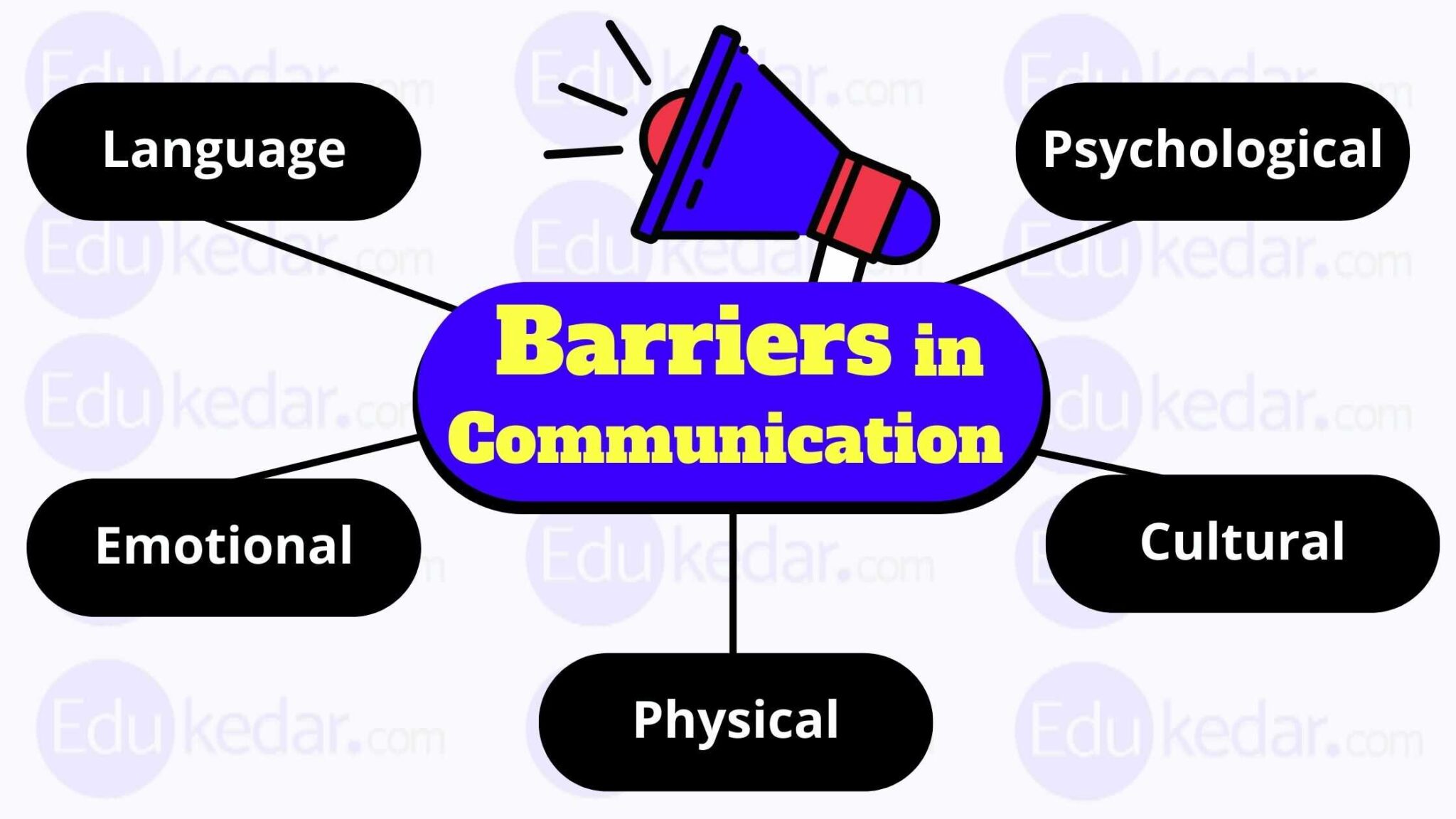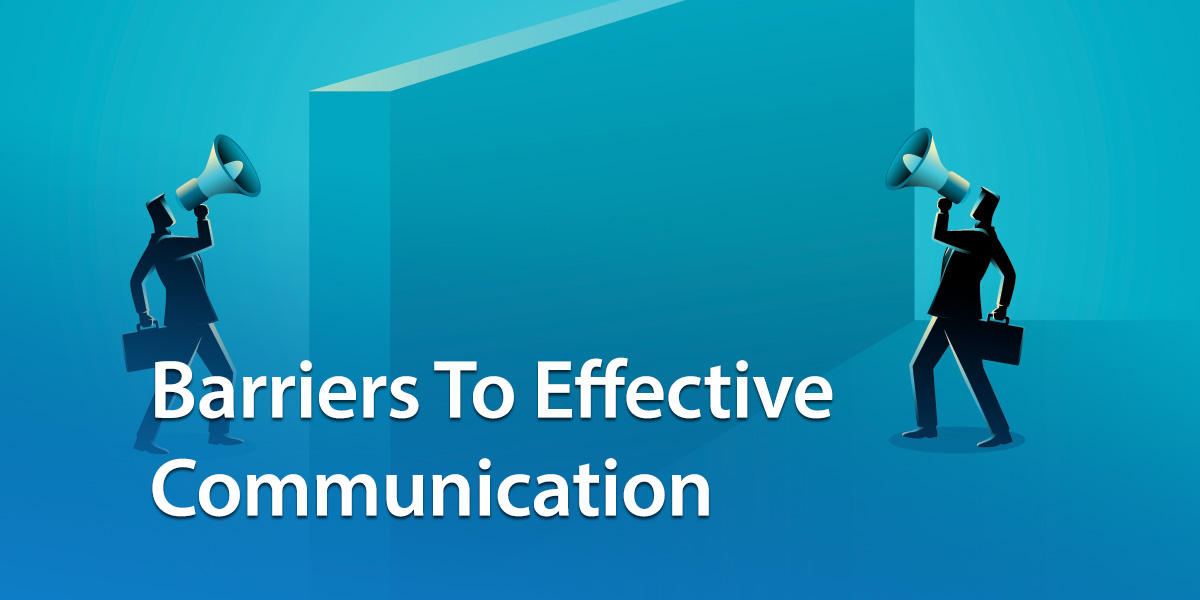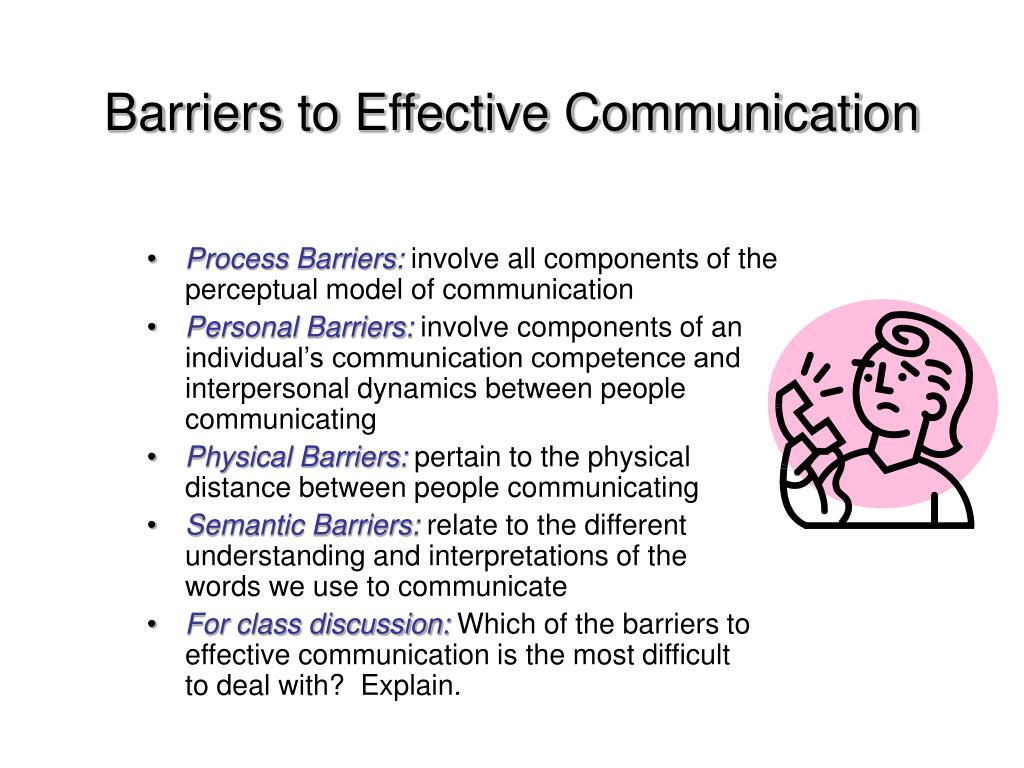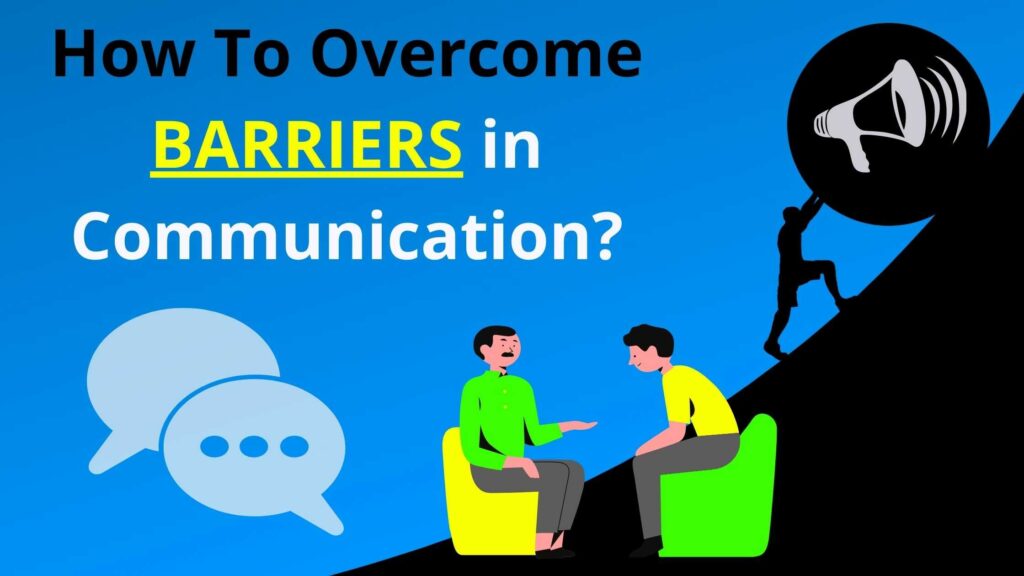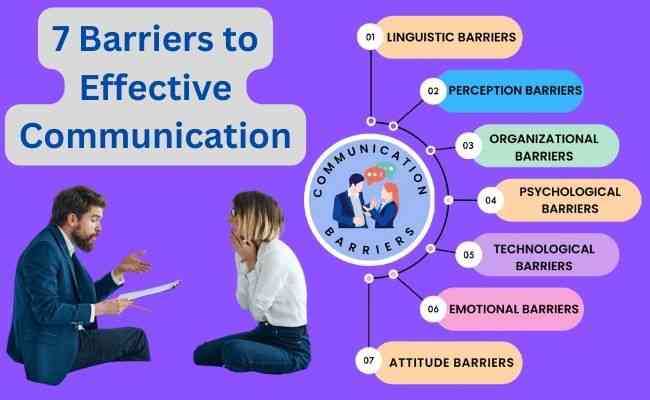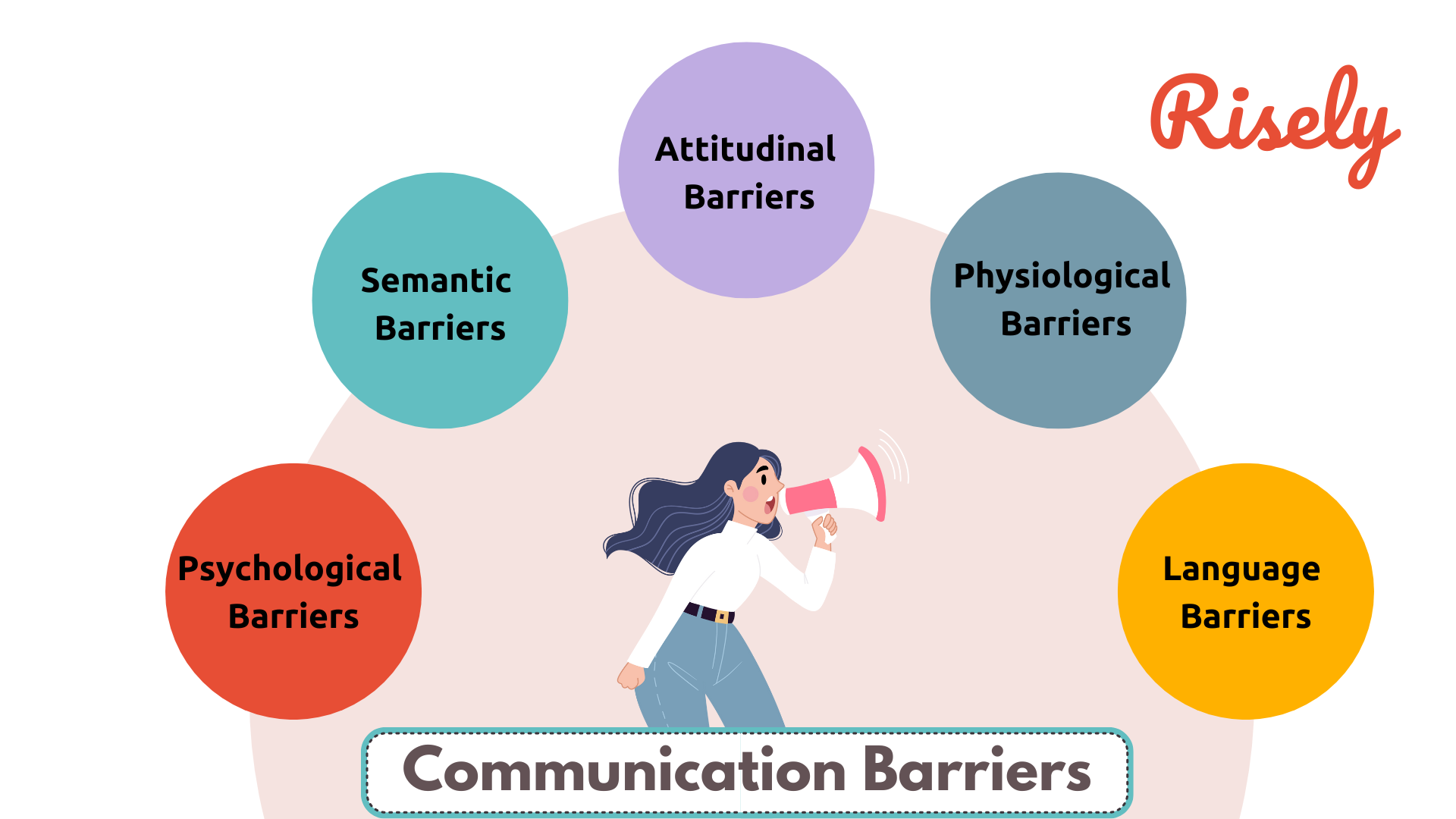Barriers For Effective Communication
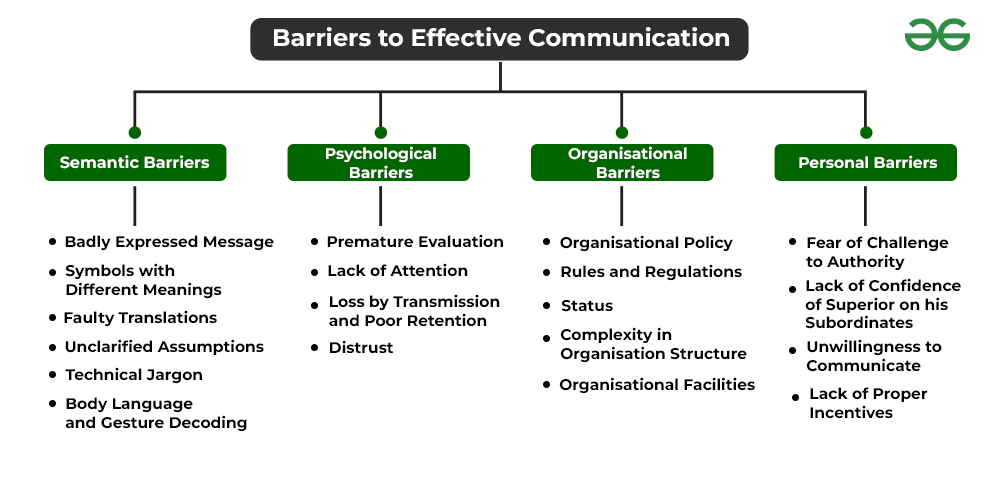
Effective communication, the cornerstone of human interaction and societal progress, often faces significant hurdles that hinder the clear and accurate exchange of information. These barriers, ranging from individual cognitive biases to systemic cultural differences, can lead to misunderstandings, conflict, and ultimately, impede progress in various spheres of life. Understanding these obstacles is crucial for fostering more meaningful and productive dialogues.
The ability to communicate effectively is not merely about speaking or writing clearly. It's about transmitting information in a way that is accurately received and understood. However, this process is often fraught with challenges. This article explores some of the major impediments to effective communication, examining their causes and consequences. It also considers potential strategies for overcoming these barriers.
Internal Barriers to Communication
One of the primary barriers resides within the individual. These internal barriers often manifest as cognitive biases. Cognitive biases are systematic patterns of deviation from norm or rationality in judgment. These biases can distort our perception and interpretation of information.
For example, confirmation bias leads individuals to seek out information that confirms pre-existing beliefs while ignoring contradictory evidence. Emotional state also plays a crucial role.
When people are feeling stressed, anxious, or angry, their ability to process information objectively is often impaired. This emotional interference can distort messages and lead to misunderstandings.
External Barriers to Communication
External barriers, stemming from the environment or the communication channel itself, also present significant obstacles. Physical distractions, such as noise or poor lighting, can interfere with the receiver's ability to focus on the message.
Furthermore, technical glitches in communication channels, such as poor internet connections or faulty equipment, can disrupt the flow of information and lead to misinterpretations. Cultural differences represent a major external barrier.
Different cultures have varying communication styles, norms, and expectations. Nonverbal cues, such as body language and eye contact, can also be interpreted differently across cultures, leading to misunderstandings.
"Intercultural communication is complex. It requires a sensitivity to cultural nuances," says Dr. Anya Sharma, a professor of intercultural communication at State University.
Semantic Barriers
Semantic barriers arise from problems with the meaning of words and symbols. Jargon, technical terms, and ambiguous language can confuse the receiver and hinder understanding. The use of slang or colloquialisms, especially in formal settings, can also create confusion and misunderstandings.
Language barriers are a major obstacle in international communication. Even when people speak the same language, regional dialects and accents can sometimes make it difficult to understand one another.
According to a report by the International Language Association, language barriers cost businesses millions of dollars annually in lost productivity and miscommunication.
Overcoming Communication Barriers
Addressing these barriers requires a multi-faceted approach. Firstly, individuals need to be aware of their own cognitive biases and actively work to mitigate their influence.
This involves seeking out diverse perspectives, challenging assumptions, and engaging in critical thinking. Creating a conducive communication environment is also essential. This includes minimizing distractions, ensuring that communication channels are reliable, and using clear and concise language.
Finally, fostering cultural sensitivity is critical for effective cross-cultural communication. This involves learning about different cultural norms and communication styles and being respectful of cultural differences.
The Impact of Ineffective Communication
The consequences of ineffective communication can be far-reaching. In the workplace, miscommunication can lead to errors, inefficiencies, and conflict among team members. In personal relationships, it can erode trust and create misunderstandings.
On a larger scale, ineffective communication can contribute to social divisions, political polarization, and even international conflicts. A recent study by the Institute for Conflict Resolution found that miscommunication was a major contributing factor in several recent international disputes.
By actively working to overcome communication barriers, individuals and organizations can foster more effective and productive dialogues. This leads to stronger relationships and a more inclusive society.
In conclusion, while effective communication presents numerous challenges, understanding and addressing these barriers is essential for building stronger relationships, fostering collaboration, and creating a more informed and connected world. The conscious effort to mitigate these obstacles paves the way for clearer understanding and more meaningful interactions.
